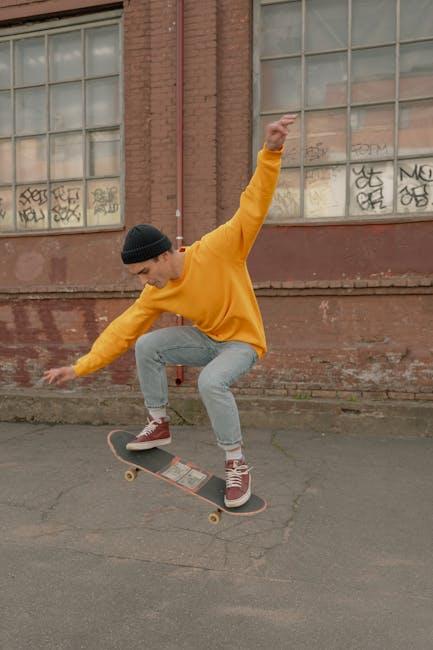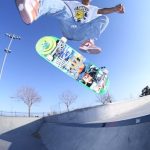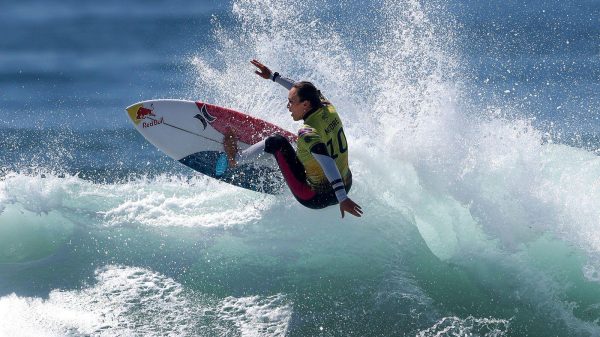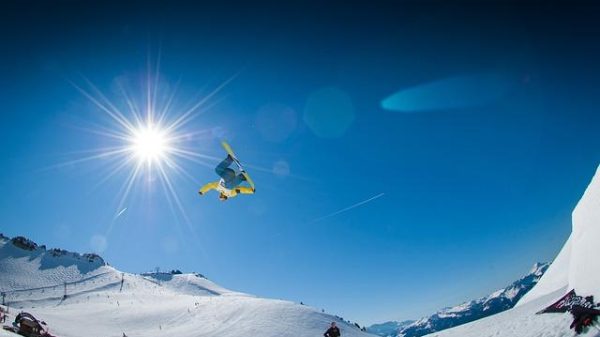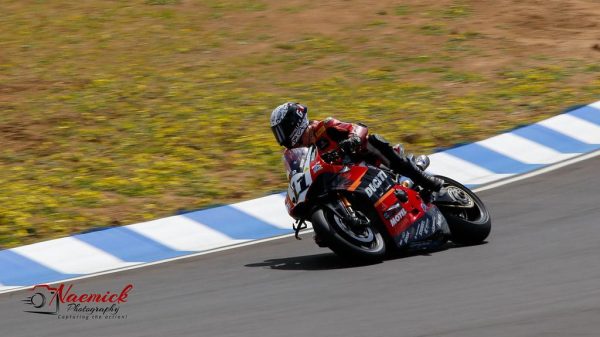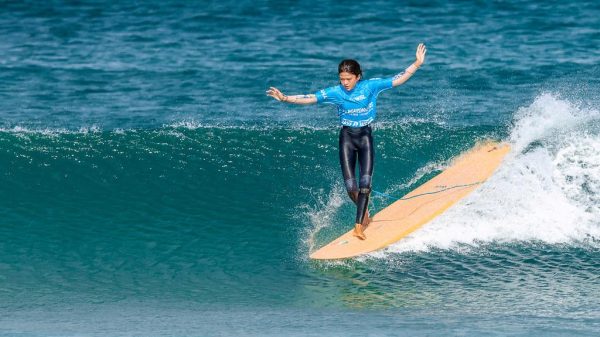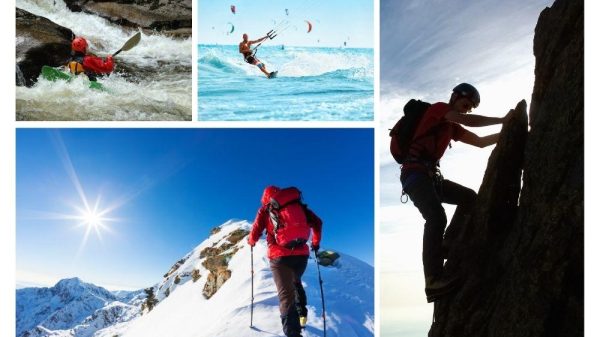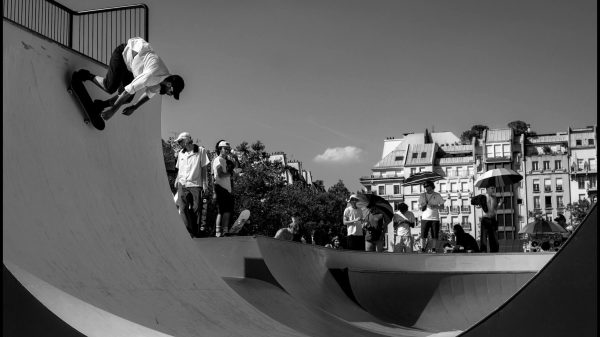Skateboarding, once a countercultural movement on the fringes of mainstream society, has evolved into a powerful force influencing various aspects of modern design and aesthetics. Central to this evolution is the profound impact that skateboarding culture has had on the field of graphic design. This influence extends beyond the realm of skate brands and skate parks, permeating broader visual and cultural landscapes. The symbiotic relationship between skateboarding and graphic design is characterized by a distinctive blend of rebellion, creativity, and innovation, which has given rise to unique visual languages and styles. By examining the historical development and key elements of this dynamic interaction, we can better understand how skateboarding culture has shaped contemporary graphic design, infusing it with bold colors, daring typography, and unconventional imagery. This article explores the origins and evolution of skateboarding’s influence on graphic design, highlighting the cultural icons, pivotal moments, and enduring legacy that continue to inspire designers worldwide.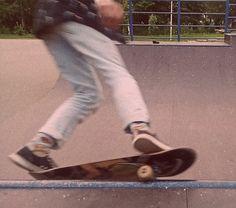
Origins and Evolution of Skateboarding Aesthetics
The roots of skateboarding aesthetics can be traced back to the 1950s and 60s, when surfers in California sought a way to surf on land. This nascent form of expression rapidly evolved, mirroring the rebellious and DIY ethos of its practitioners. Skateboarding’s aesthetics were initially influenced by surf culture, with vibrant colors and fluid designs that echoed the waves. As the sport gained traction, it absorbed the influences of the urban environments where it flourished. The gritty textures of cityscapes and the raw energy of street culture began to define its visual language.
By the 1980s and 90s, skateboarding had matured into a subculture with a distinct visual identity. This era saw the rise of iconic skate brands that pushed the boundaries of graphic design with bold, often provocative imagery. Elements that characterize skateboarding aesthetics include:
- Graffiti-inspired typography that reflects the rebellious spirit of street art.
- Collage-style graphics combining various elements like photography, illustrations, and abstract shapes.
- Punk and grunge influences, with a penchant for distressed textures and chaotic compositions.
These visual elements not only encapsulated the ethos of the sport but also began to seep into mainstream graphic design, influencing everything from fashion to advertising.

Impact of Skateboarding Culture on Contemporary Graphic Design Trends
Skateboarding culture, with its rebellious spirit and vibrant energy, has indelibly shaped contemporary graphic design. The bold aesthetics that skateboarding brands have embraced often feature dynamic typography, vivid color palettes, and innovative patterns that push the boundaries of traditional design. Designers inspired by skateboarding culture tend to favor a raw, unpolished look that mirrors the DIY ethos of the skating community. This influence is visible in everything from streetwear logos to digital art, where the emphasis is on creativity and individuality over perfection.
- Typography: Skateboard graphics often incorporate custom, hand-drawn fonts that emphasize personal expression and non-conformity.
- Color Schemes: Vibrant, contrasting colors dominate, reflecting the energetic and daring nature of skateboarding.
- Illustrations and Patterns: There is a notable use of intricate illustrations and graffiti-inspired patterns, drawing from the urban environments where skateboarding thrives.
The intersection of skateboarding and graphic design is not just visual but also conceptual, encouraging designers to embrace risk-taking and innovation. This synergy has resulted in a refreshing departure from conventional design norms, inspiring a new generation of creatives to explore uncharted territories.
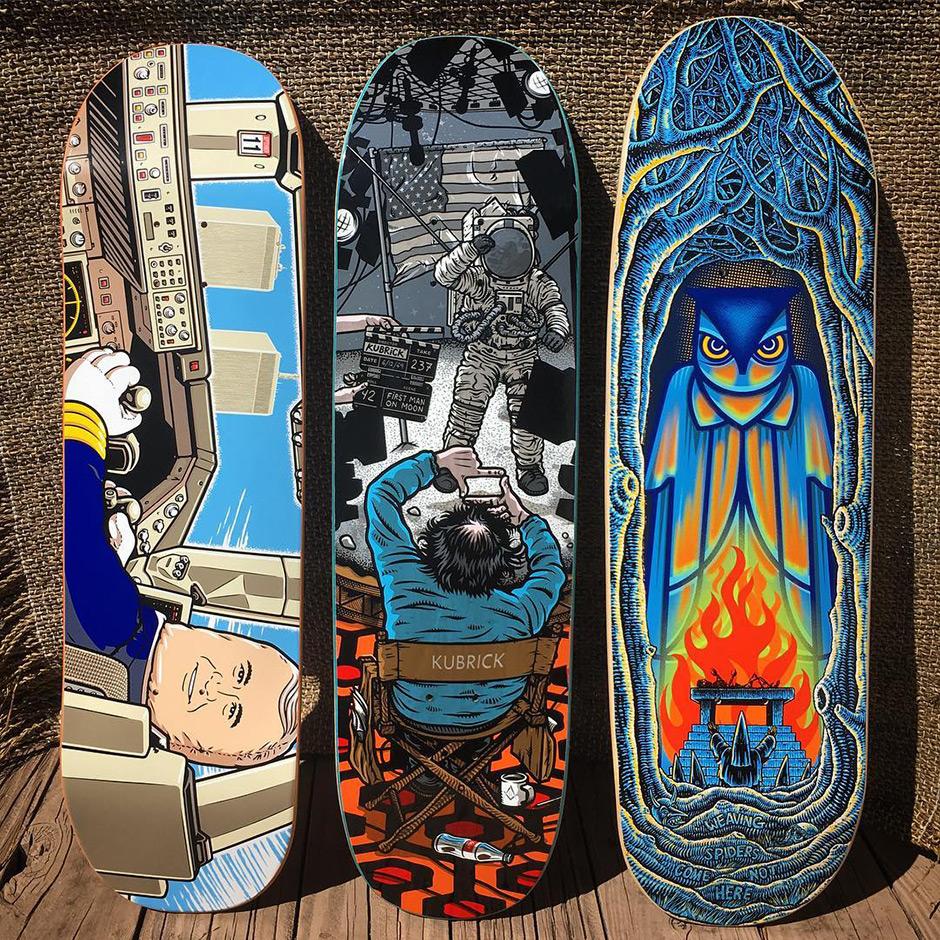
Analyzing the Symbolism in Skateboarding-Inspired Visuals
Skateboarding culture has long been a source of rich symbolism that is often infused into graphic design. At the heart of this symbolism lies a celebration of individualism and rebellion. Skateboarding visuals frequently incorporate motifs that challenge societal norms, such as bold colors and unconventional typography, which evoke a sense of freedom and defiance. These elements serve as a visual language that speaks to the skateboarding community’s ethos of pushing boundaries and embracing the unconventional.
Moreover, skateboarding-inspired graphics often draw on a diverse array of cultural references and artistic influences, which can include:
- Street art and graffiti, emphasizing urban landscapes and subversive artistry.
- Punk rock aesthetics, with an emphasis on DIY ethics and anti-establishment themes.
- Retro and vintage designs, nodding to the sport’s rich history and evolution.
These symbolic elements are not just decorative; they are deeply embedded narratives that resonate with the values and attitudes of the skateboarding community. As such, they contribute to a graphic design language that is both authentic and dynamic, continuously evolving with the culture it represents.
Recommendations for Integrating Skateboarding Elements in Modern Design
Incorporating elements of skateboarding into modern design can create a dynamic and youthful aesthetic that resonates with diverse audiences. To effectively integrate these elements, designers should consider the bold use of color and dynamic shapes that are often found in skateboarding graphics. This approach not only captures the energy and movement inherent in skate culture but also infuses projects with a sense of rebellion and freedom.
- Typography: Utilize fonts that reflect the raw and edgy vibe of skate culture, such as distressed or graffiti-inspired typefaces.
- Imagery: Incorporate high-contrast photos or illustrations of skateboarding scenes to evoke the sport’s vibrant lifestyle.
- Textures: Add elements like concrete patterns or wood grains to mimic the materials commonly associated with skateboarding environments.
- Layout: Consider asymmetrical layouts to mirror the non-conformist nature of skateboarding, creating a sense of movement and unpredictability.
By thoughtfully integrating these elements, designers can create visually compelling works that not only pay homage to skateboarding culture but also appeal to a broad audience seeking authenticity and innovation in design.
